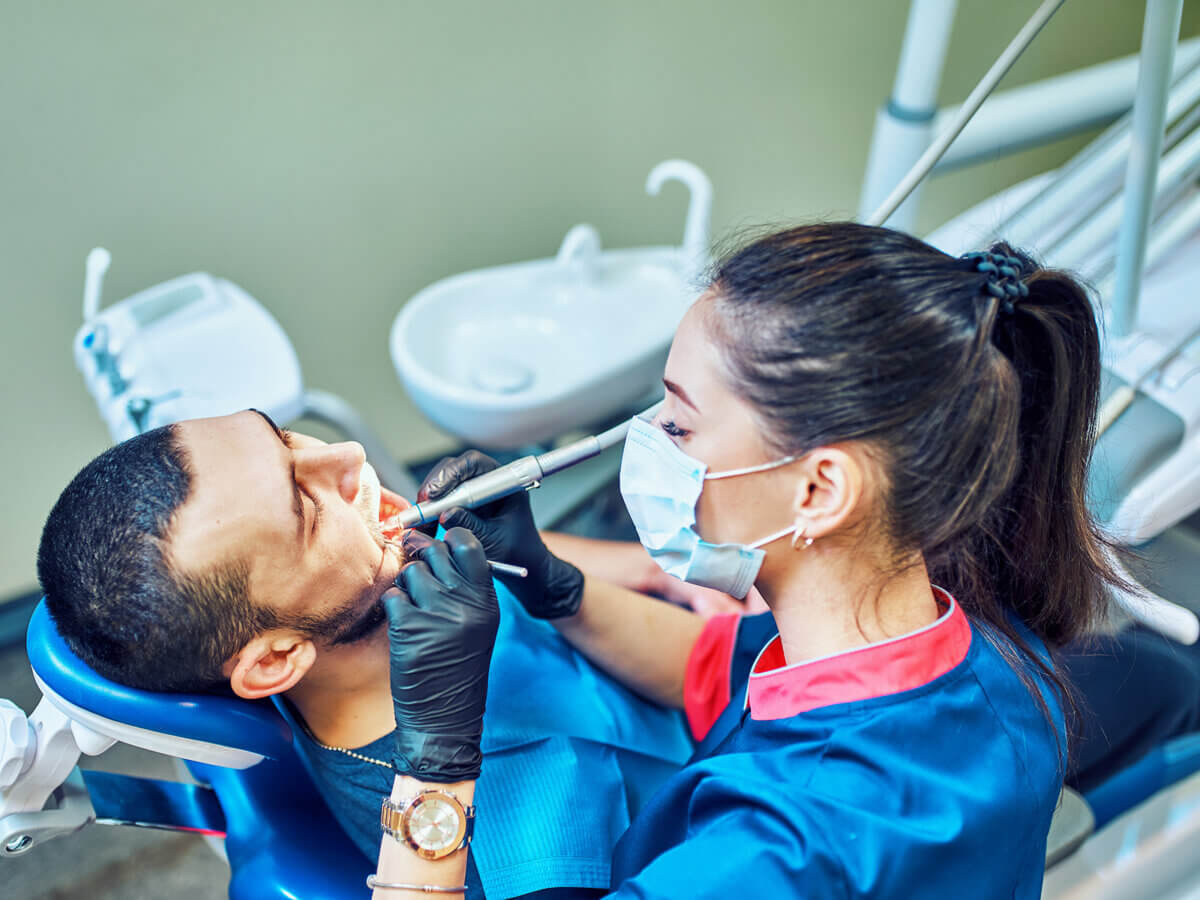Blog
Dental hygiene tips for healthy teeth & gums

Which Foods Should You Eat And Avoid After A Tooth Extraction?
Tooth extraction, though common in adulthood, can be a daunting experience. Various reasons such as tooth infection, extensive decay, jaw pain, or overcrowding might necessitate this procedure.
While the procedure can be uncomfortable, healing is paramount before resuming regular activities. Recovery time varies, but typically, a week is needed for healing.
Understanding the procedure, recovery time, and after-care is essential to alleviate anxiety. One common post-extraction concern is dietary choices. This article provides guidance on post-tooth extraction nutrition to promote faster healing and minimize discomfort.
Why Does Diet Matter After Tooth Extraction?
The foods we consume post-extraction can either aid healing or exacerbate the extraction area. It’s crucial to protect the blood clot that forms at the extraction site.
Healing begins immediately post-extraction. Your dentist will apply cotton gauze to the area, and you’ll be asked to bite down. This pressure helps reduce bleeding and facilitates clot formation. Some foods can dislodge this clot, potentially causing infections, dry sockets, or other complications.
When Can I Start Eating After Tooth Extraction?
You can begin eating a few hours post-surgery. The numbing medication used during the procedure takes time to wear off, so it’s best to wait until the numbness subsides before consuming recommended foods.
What and When to Eat After Tooth Extraction?
The importance of appropriate food choices post-extraction cannot be overstated. Here’s a timeline for post-extraction dietary choices:
First 24 Hours: Avoid chewy foods. Opt for:
- Soft-cooked vegetables like steamed spinach, carrots, or squash.
- Soft rice and pasta, possibly combined with soft vegetables.
- Protein-rich foods like fish, scrambled eggs, or lentils.
- Soft fruits such as canned fruits, ripe bananas, and sliced peaches.
- Smoothies made with yogurt, soft fruits, and protein powder.
After 24 Hours:
You can introduce foods that require some chewing, but avoid eating on the extraction side. Stay away from extreme temperatures, as they can hinder recovery. Avoid alcohol for the first 48 hours, as it can interfere with medications. Refrain from smoking, as tobacco can impede healing.
After Two Weeks:
Avoid chewing on the extraction side for at least two weeks post-procedure. While you can gradually reintroduce your usual foods, continue to avoid sticky, hot, acidic, spicy, and crunchy foods until fully healed.
Foods to Avoid After Tooth Extraction
During the healing process, it’s best to avoid:
- Spicy Foods: They can cause irritation and pain.
- Acidic Foods: High-acid foods like citrus fruits can cause discomfort.
- Crunchy Foods: Foods like crackers or granola can leave particles that might get lodged in the extraction site.
- Chewy Foods: Foods like pizza, candy, or jerky require significant chewing and can cause discomfort.
- Alcoholic Beverages: Alcohol can negatively interact with medications, hindering recovery.
Conclusion
While tooth extraction can be necessary, pain and complications can be minimized by adhering to the recovery guidelines outlined in this article.
